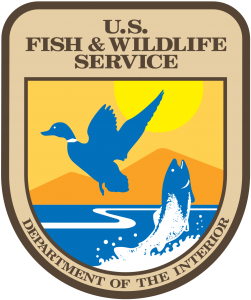 On May 1, the U.S. Fish & Wildlife Service (FWS) proposed downlisting the American burying beetle under the Endangered Species Act from endangered to threatened, since it is no longer at risk of extinction.
On May 1, the U.S. Fish & Wildlife Service (FWS) proposed downlisting the American burying beetle under the Endangered Species Act from endangered to threatened, since it is no longer at risk of extinction.
“Working collaboratively for almost three decades with states, zoos, federal agencies, private landowners and others … we have made some positive steps forward and are now proposing to downlist the beetle,” FWS Southwest Regional Director Amy Lueders declared in a statement.
As part of the 4(d) rule for threatened species, which provides prohibitions that are necessary for conservation of the species, activities near the habitat – including oil and gas production – are exempt from ESA’s “incidental take” permit requirements. Other activities such as ranching and cattle grazing are also exempt.
The American burying beetle is an inch and a half long, with a shiny black body and orange markings on its wings. Its life span is a year, and its habitat is currently found in nine states – Arkansas, Kansas, Nebraska, Oklahoma, Massachusetts, Missouri Rhode Island, South Dakota and Texas – an increase from the two-state range that FWS officials identified in 1989.
The beetle has been listed as endangered for 30 years during which legislative efforts to delist the species have failed. However, initiatives such as the Oil and Gas Industry Conservation Plan currently in effect in 45 Oklahoma counties have helped protect the beetle’s habitat while promoting efforts to produce oil and natural gas. In addition, two conservation banks totaling several thousand acres have been established in Oklahoma, providing mitigation options for oil and gas development, road construction, transmission lines and other projects while supporting habitat management and protection for the beetle.
FWS has opened a public comment period on the proposal and responses must be received by July 2, 2019. FWS pledges any final actions resulting from the proposed rule will be based on the best scientific and commercial data available.
For more information on this issue, please contact Tim Tarpley, Vice President Government Affairs.




